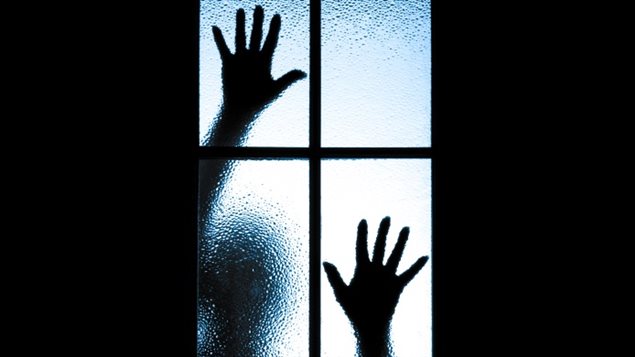Victims of domestic violence face numerous challenges no matter where they live in Canada.
But for Inuit women living in remote Arctic communities support services are sometimes non-existent. And if help is available, it is often far away from their home community and offered only in English or French instead of their native Inuktitut.
“Because of lack of safe shelters our women are murdered in their homes, and sometimes children too,” says Rebecca Kudloo, President of Pauktuutit, Canada`s national Inuit organization. “We are saying we need services for women so they have a place to go. This winter it is -58c. How does one get out from their home and be safe with their children? It’s -58c outside.”
Funding and resources
More Inuit-specific programs are needed, run with respect for Inuit culture, Kudloo says. But there are some positive trends, she adds, including greater collaboration with the Royal Canadian Mounted Police (RCMP), the Canadian national police force responsible for many of Canada’s Inuit regions, including the eastern Arctic territory of Nunavut.
“(There’s) more Inuit RCMP that understand the communities,” she says. “We are working more with the RCMP so when a women calls and needs help they can respond quicker before things are out of hand.”
To help us better understand these issues and the kinds of funding and programs needed in the North, Eye on the Arctic spoke to Rebecca Kudloo, president of Pauktuutit, the Canadian national Inuit organization:
ListenRelated story on Eye On The Arctic:
Canada: Violence and public health in the North – What about the men? Blog by Heather Exner-Pirot







For reasons beyond our control, and for an undetermined period of time, our comment section is now closed. However, our social networks remain open to your contributions.